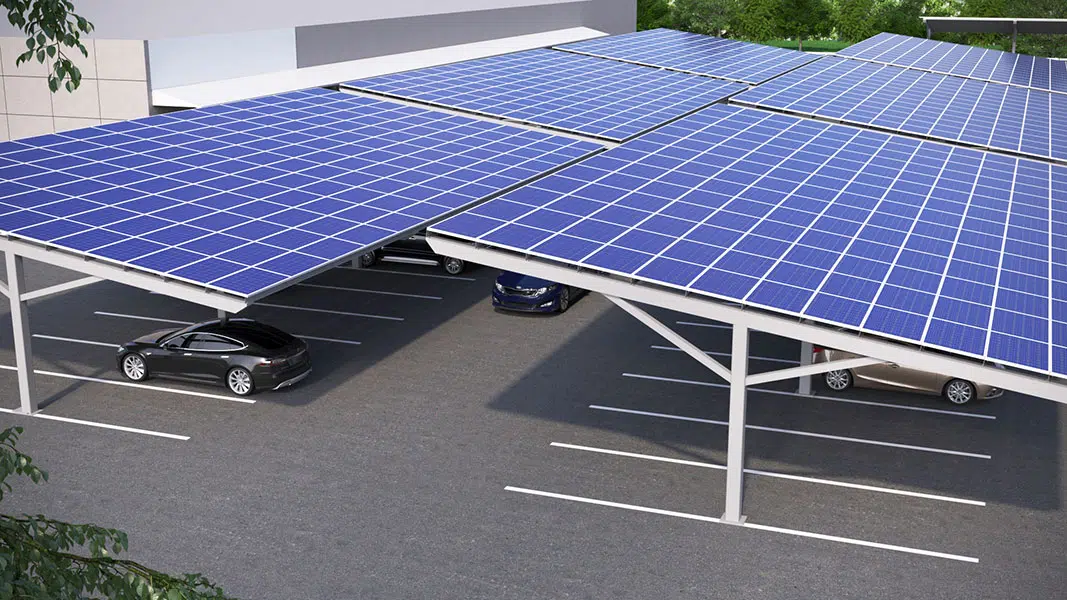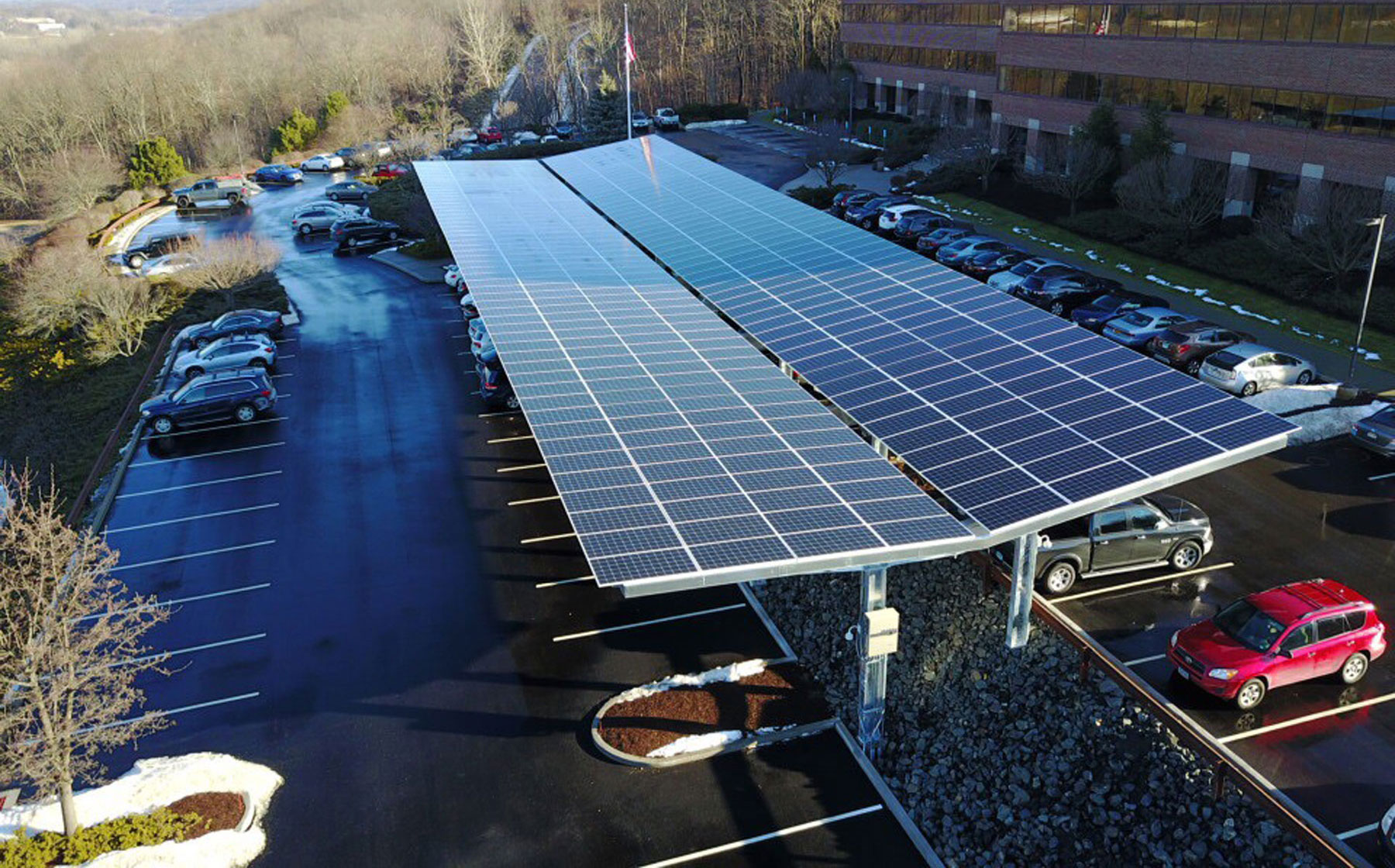Car parks are usually seen as mundane spaces for parking vehicles, but they are also becoming hotspots for solar power generation. Across the UK and other countries, car parks are being transformed into solar farms, with panels mounted on canopies that provide shade and electricity. In this article, we will explore why car parks are ideal locations for solar power, what benefits they offer, and what challenges they face.

Why Car Parks?
Car parks have several advantages as sites for solar power production. First, they are often located near energy-intensive facilities such as offices, hospitals, shopping centres or airports. This means that the electricity generated by the solar panels can be used on-site or fed into the grid, reducing transmission losses and costs. Second, car parks are already cleared and paved, so installing solar canopies does not require additional land use or environmental impact. Third, car parks tend to have large surface areas and good exposure to sunlight, making them suitable for harvesting solar energy.

What Benefits Do They Offer?
Solar car parks offer multiple benefits for both the owners and the users of the parking facilities. For the owners, solar car parks can generate income from selling electricity to the grid or to tenants, as well as from charging fees for electric vehicle (EV) charging stations. Solar car parks can also reduce energy bills, carbon emissions and dependence on fossil fuels. For the users, solar car parks can provide protection from rain, snow and heat, as well as access to EV charging stations. Solar car parks can also enhance the visual appeal and sustainability of parking facilities.

What Challenges Do They Face?
Despite the potential of solar car parks, they also face some challenges that need to be addressed. One of the main challenges is the high upfront cost of installing solar canopies and related infrastructure. The payback period for solar car parks may vary depending on the size, location and design of the project, as well as the electricity tariffs and incentives available. Another challenge is the maintenance and security of the solar panels and equipment, which may be exposed to vandalism, theft or damage. A third challenge is the integration of solar power with the grid and the EV charging network, which may require coordination with utility companies and regulators.


